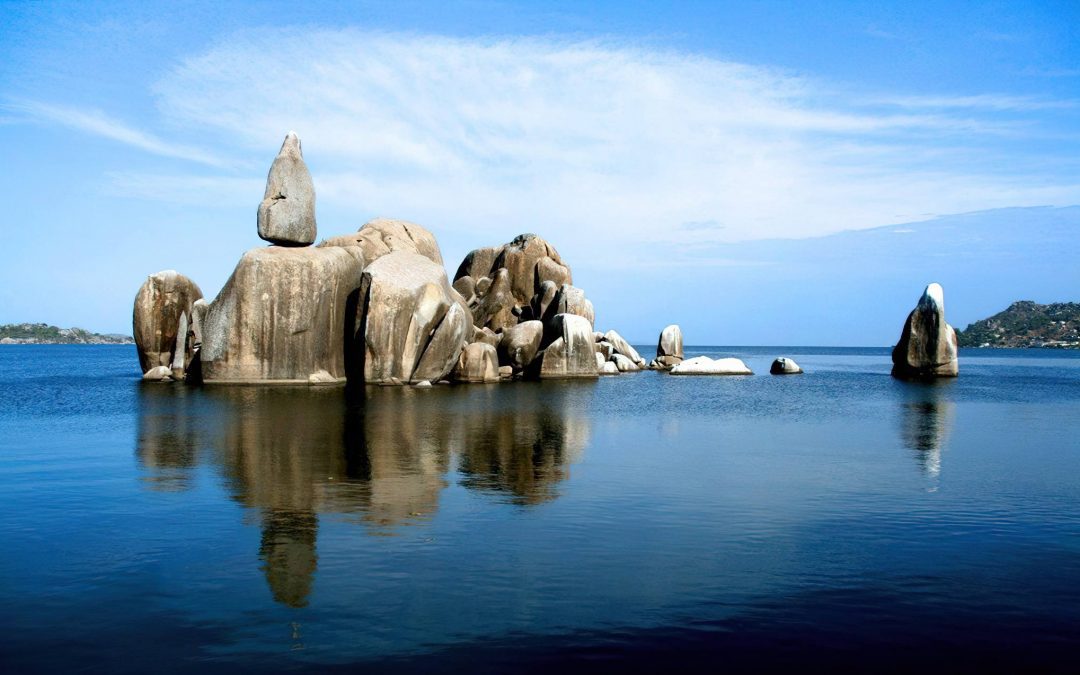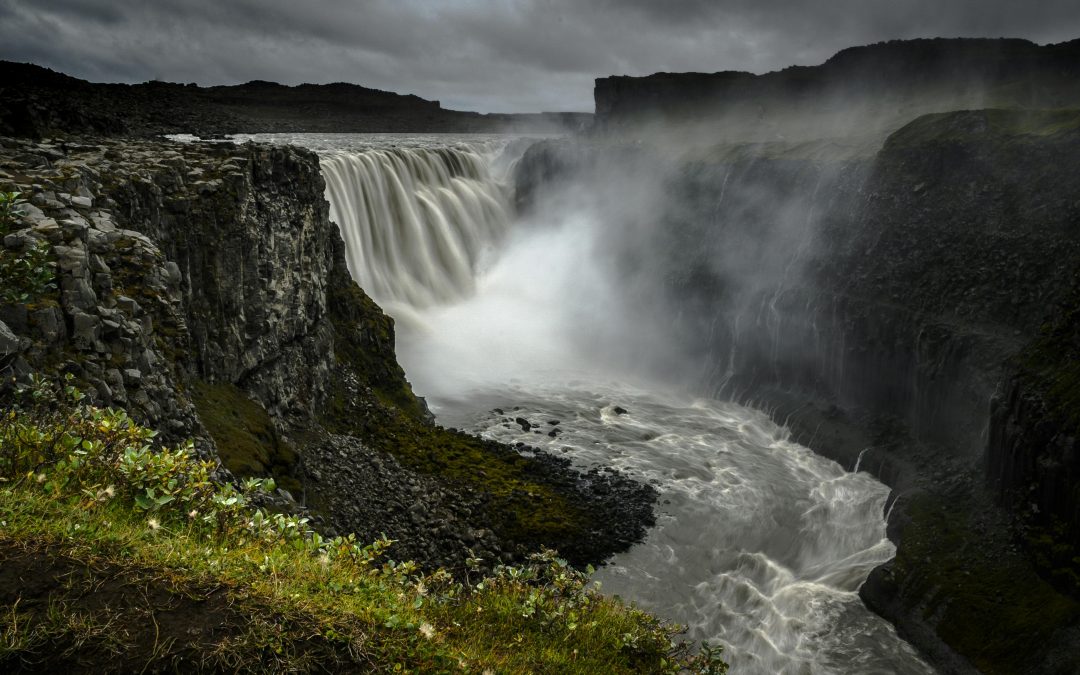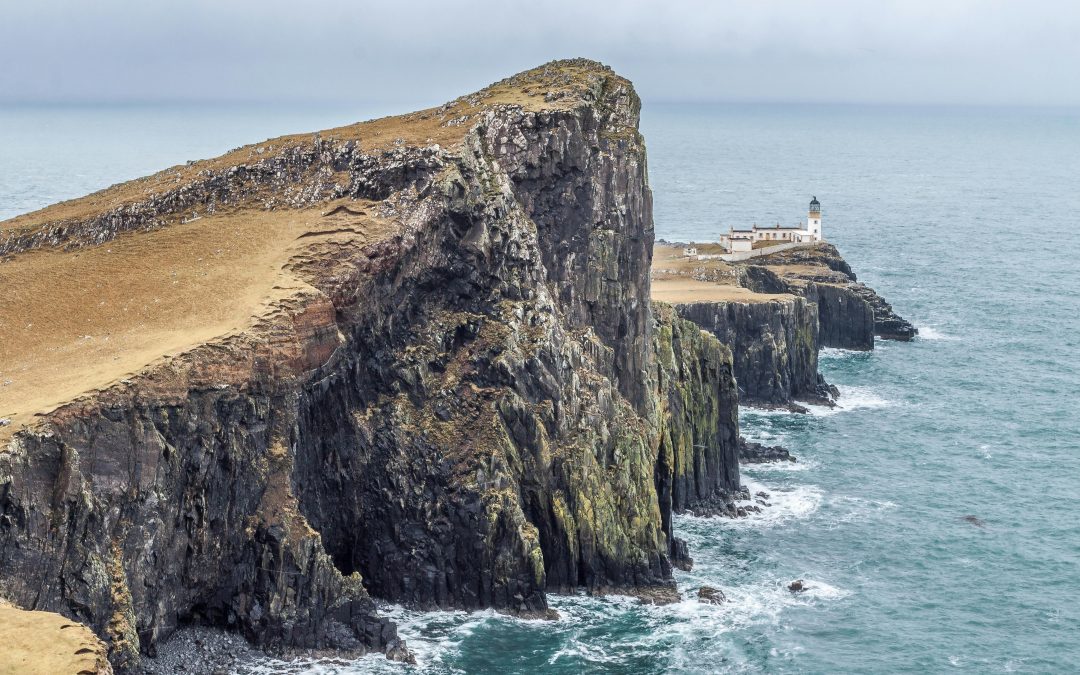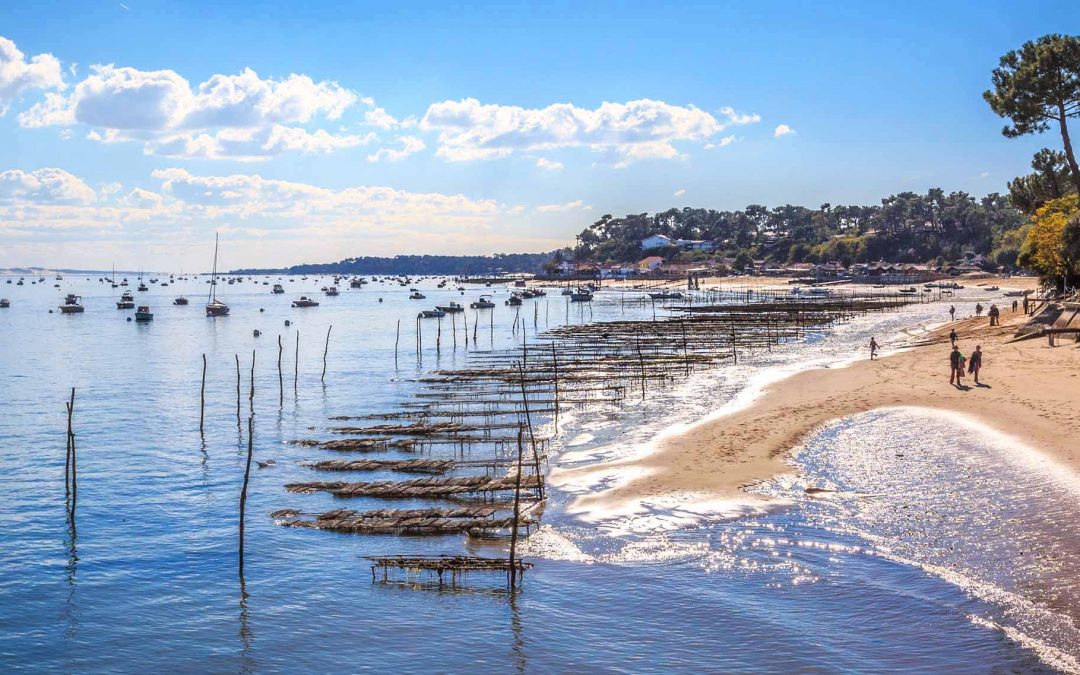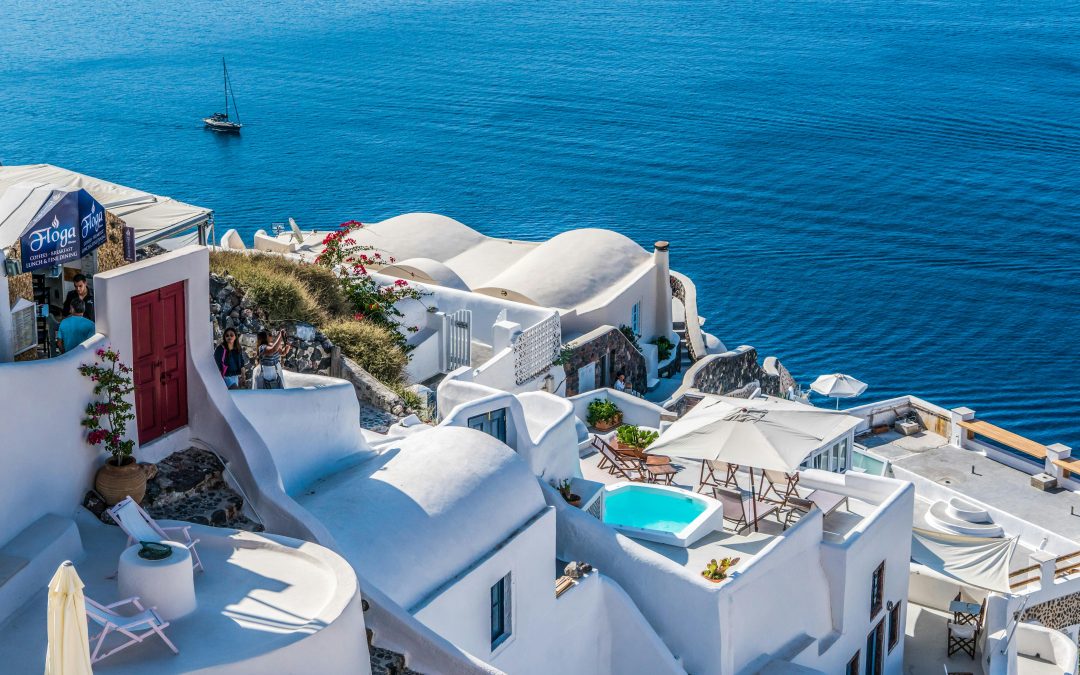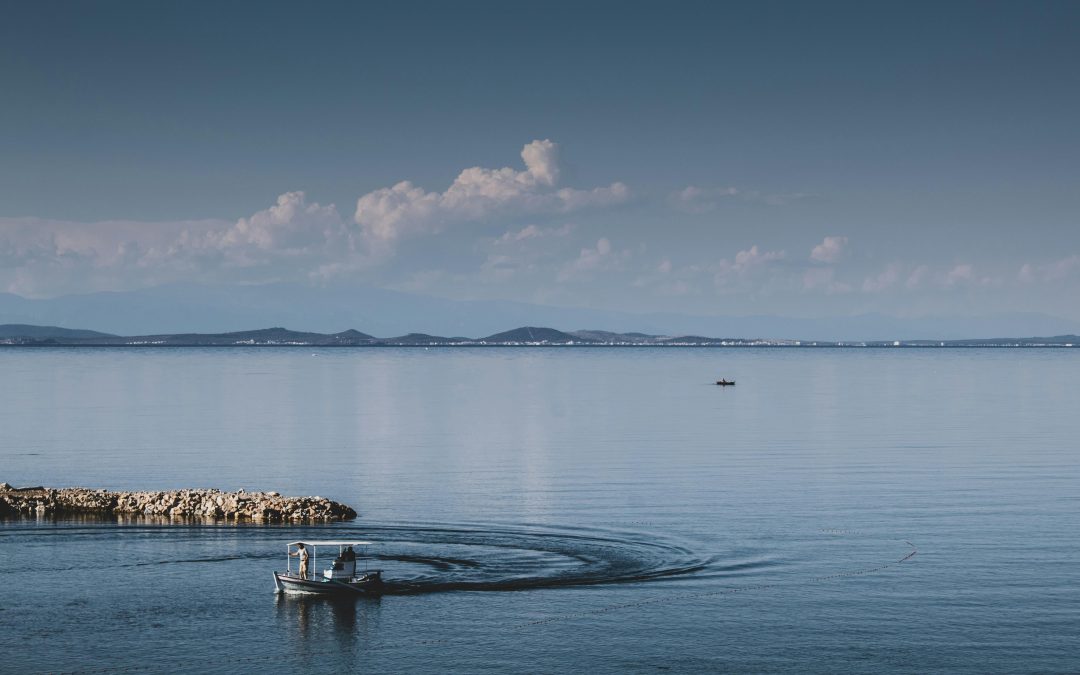Imagine waking up to the sound of birdsong, the scent of lavender drifting through open windows, and the golden light of the Italian countryside spilling across terracotta tiles. This is villa life in Tuscany and Umbria—where luxury is not about opulence, but about space, silence, and soul.

Wellness Essentials
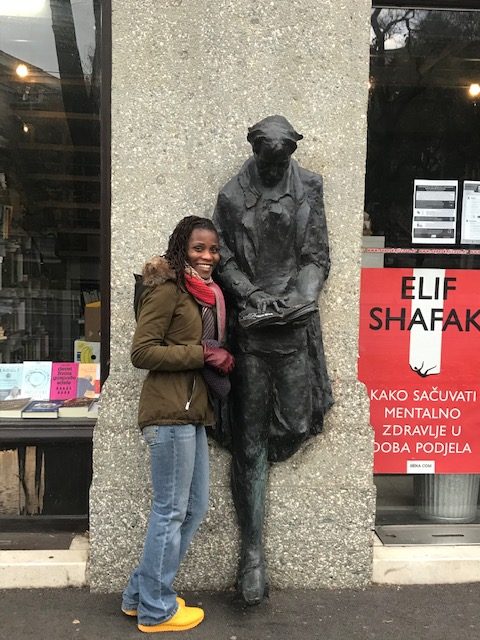
How to Curate a Beauty Routine for Every Climate: Travel-Tested Skincare and Wellness Essentials
Introduction: Beauty That Travels Well
Whether you’re hiking through the Scottish Highlands, sunbathing in Bali, or navigating the dry air of a desert retreat, your skin and body respond to the environment. Travel exposes us to new climates, altitudes, and stressors—and our beauty routines need to adapt.
A team of globetrotting experts tested hundreds of products across climates and continents. The result? A curated list of skincare, wellness, and grooming essentials that truly go the distance.
This blog post explores how to build a climate-conscious beauty routine—one that’s portable, purposeful, and powerful. Whether you’re packing for a tropical escape or a snowy summit, we’ve got you covered.
1. Why Climate Matters in Beauty
Your skin is your largest organ—and it’s highly reactive to environmental changes. Different climates affect:
- Hydration levels
- Oil production
- Sensitivity and inflammation
- Sun exposure and UV damage
Ignoring these factors can lead to breakouts, dryness, sunburn, or premature aging. A smart traveler tailors their beauty kit to the destination.
2. The Desert Routine: Hydration and Protection
Dry, arid climates—like Morocco, Arizona, or parts of Australia—strip moisture from the skin. Your desert routine should focus on:
Key Needs:
- Deep hydration
- Barrier repair
- Sun protection
Top Products:
- Dr Barbara Sturm Hyaluronic Serum: Lightweight but deeply hydrating
- Mecca Cosmetica To Save Face SPF50+ Matte Sun Serum: Non-greasy, doubles as a primer
- Omnilux Mini Blemish Eraser: LED therapy for inflammation and breakouts
- Oribe Mirror Rinse Gloss Hair Treatment: Restores shine and moisture to dry hair
Tips:
- Avoid harsh exfoliants
- Use facial oils at night
- Drink plenty of water
3. The Tropical Routine: Balance and Brightness
In humid climates—like Bali, Thailand, or the Caribbean—skin can become oily, congested, and prone to breakouts.
Key Needs:
- Oil control
- Lightweight hydration
- Antioxidant protection
Top Products:
- La Roche-Posay Anthelios UVmune 400 SPF50+: Sweat-resistant and invisible
- SkinCeuticals C E Ferulic Serum: Vitamin C-rich for brightening and protection
- Sol de Janeiro Brazilian Bum Bum Cream: Hydrating and fast-absorbing
- Tweezerman Neon Pink Mini Slant Tweezer: For quick touch-ups
Tips:
- Use gel-based moisturizers
- Cleanse twice daily
- Pack blotting papers
4. The Cold Climate Routine: Nourishment and Repair
Cold, windy environments—like Iceland, Canada, or the Alps—can cause chapping, redness, and dehydration.
Key Needs:
- Rich moisturizers
- Lip and hand protection
- Gentle cleansing
Top Products:
- Clarins Double Serum: Combines water and oil phases for deep nourishment
- L’Occitane Shea Butter Hand Cream: A cult favorite for dry hands
- Augustinus Bader Hydrogel Face Mask: Plumps and soothes
- Maison Francis Kurkdjian Baccarat Rouge 540: A warm, long-lasting fragrance
Tips:
- Layer skincare (toner → serum → cream → oil)
- Use humidifiers in hotel rooms
- Avoid long, hot showers
5. The High-Altitude Routine: Oxygen and Defense
At high altitudes—like Machu Picchu, the Himalayas, or Swiss ski resorts—skin faces low humidity, intense UV rays, and reduced oxygen.
Key Needs:
- Oxygenation
- UV protection
- Anti-aging support
Top Products:
- Neutrogena Hydro Boost Hydrating Fluid SPF50: Lightweight and protective
- La Prairie Life Matrix Haute Rejuvenation Cream: Luxurious and effective
- Maison Crivelli Safran Secret Extrait de Parfum: Warm and grounding
- Bamford B Strong Muscle Soak: Eases tension after hikes or skiing
Tips:
- Apply SPF even on cloudy days
- Use eye creams to combat puffiness
- Stay hydrated and avoid alcohol
6. The Urban Routine: Pollution and Stress Defense
Cities like Tokyo, New York, and London expose skin to pollution, stress, and blue light.
Key Needs:
- Detoxification
- Antioxidants
- Calming ingredients
Top Products:
- Vichy Capital Soleil UV-Age Daily SPF50+: Protects against pollution and UV
- Diptyque Orphéon Eau de Parfum: Sophisticated and mood-lifting
- Hero Mighty Patch Duo: For emergency blemish control
- Hello Klean Shower Head: Filters heavy metals and chlorine
Tips:
- Double cleanse at night
- Use niacinamide and vitamin C
- Take breaks from screens
7. The Airport Routine: In-Flight Essentials
Airplane cabins are notoriously dry and stressful. Your in-flight kit should include:
Key Needs:
- Hydration
- Comfort
- Germ protection
Top Products:
- Slip Wildflower Contour Sleep Mask: Blocks light and protects lashes
- Kama Ayurveda Kumkumadi Facial Oil: Rich and calming
- L’Occitane Hand Cream: Travel-sized and effective
- Parfums de Marly Valaya Exclusif: Subtle and refreshing scent
Tips:
- Avoid alcohol and caffeine
- Apply skincare every few hours
- Use a hydrating mist
8. Wellness on the Go: Supplements and Rituals
Beauty isn’t just skin-deep. Travel affects digestion, sleep, and mood. Support your body with:
Top Wellness Picks:
- Seed DS-01 Daily Synbiotic: Gut health in a travel-friendly pod
- Vida Glow Collagen Liquid Advance: Supports skin, hair, and nails
- Simon Ourian MD Daily Ritual: AI-personalized supplements
- Vyrao Mamajuju Eau de Parfum: Mood-enhancing fragrance
Tips:
- Stretch during layovers
- Meditate or journal
- Stay consistent with supplements
9. Packing Smart: Building Your Travel Beauty Kit
Essentials to Include:
- Multi-tasking products (SPF + moisturizer)
- Travel-sized containers
- Reusable cotton pads
- Sheet masks for recovery
Organizing Tips:
- Use clear pouches for TSA
- Separate skincare, makeup, and wellness
- Label everything
Don’t Forget:
- Nail clippers and tweezers
- Lip balm and sunscreen
- Hair ties and dry shampoo
10. Voices from the Road: Beauty Experts Reflect
Anita Bhagwandas, Beauty Director
“The best products are those that adapt. Travel beauty is about flexibility, not perfection.”
Clara, 29, Paris
“I used to pack everything. Now I bring five essentials that work anywhere.”
Jamal, 40, Cape Town
“My skin changed in Iceland. A good serum saved me.”
Conclusion: Beauty That Moves With You
Travel challenges your skin, your body, and your routine. But with the right products and mindset, it can also elevate your beauty game. It’s not about perfection—it’s about presence. About feeling good in your skin, wherever you are.
So whether you’re chasing sunsets or climbing peaks, let your beauty routine be your companion, your comfort, and your confidence. Because when you care for yourself, the world opens up.

Written by Kariss
More From This Category
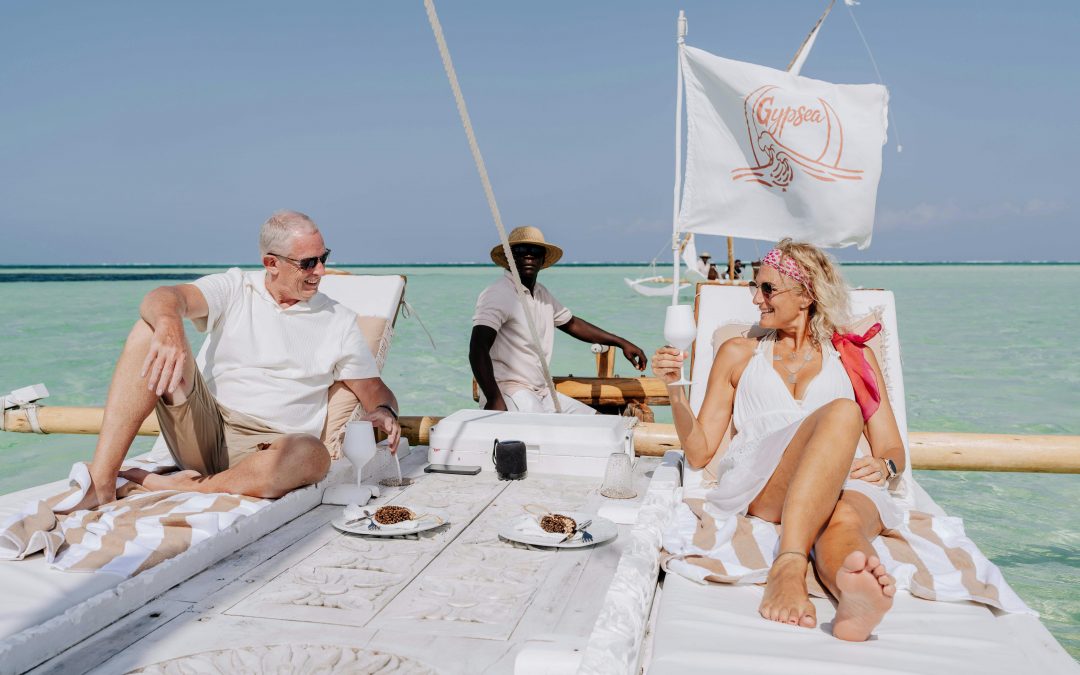
A Guide to Slow Luxury

A Guide to Slow Luxury
Imagine waking up to the sound of birdsong, the scent of lavender drifting through open windows, and the golden light of the Italian countryside spilling across terracotta tiles. This is villa life in Tuscany and Umbria—where luxury is not about opulence, but about space, silence, and soul.

A Guide to Slow Luxury
Imagine waking up to the sound of birdsong, the scent of lavender drifting through open windows, and the golden light of the Italian countryside spilling across terracotta tiles. This is villa life in Tuscany and Umbria—where luxury is not about opulence, but about space, silence, and soul.
Comments
Our Newsletter

